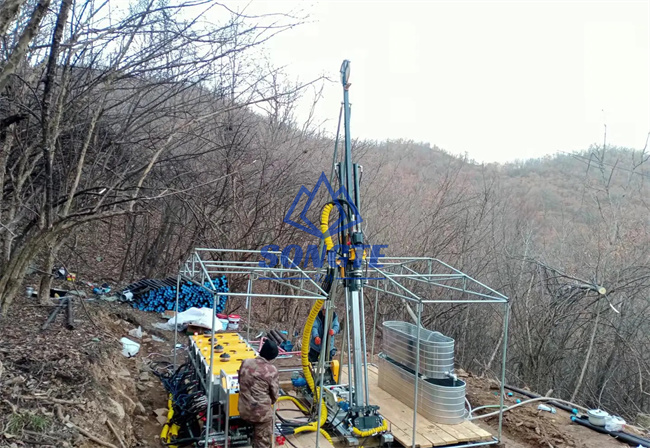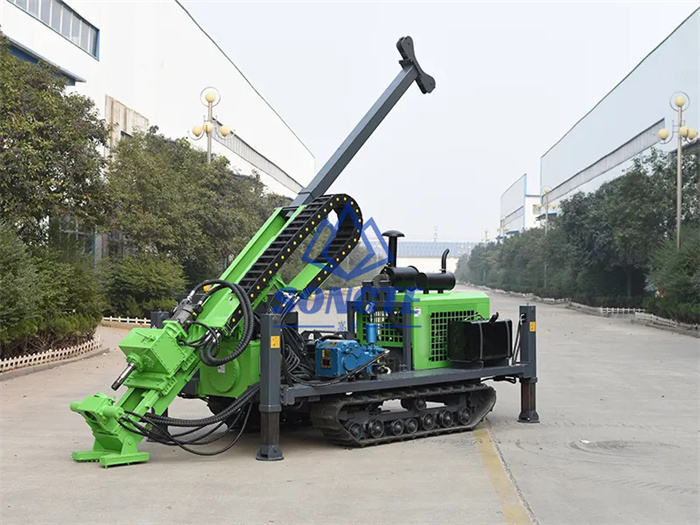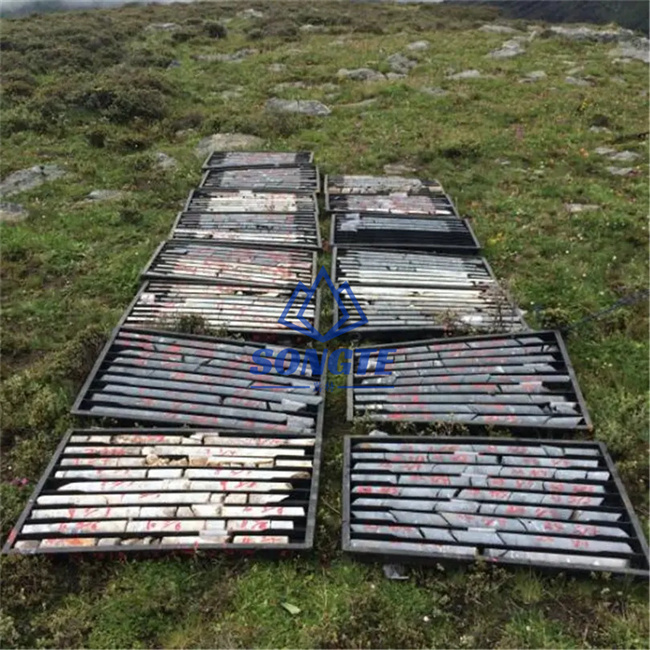Fonctionnement d’une carotteuse
Introduction
Core drilling rigs are essential tools in the fields of construction, géologie, minier, and environmental science. They play a crucial role in extracting cylindrical samples of earth, rocher, and other materials from beneath the surface for analysis and research. Dans cet article, we will delve into the inner workings of a core drilling rig, exploring the technology behind it and the various applications where it proves invaluable.
https://www.songtemachine.com/product-category/core-drilling-rig/

The Basics of Core Drilling
Core drilling, also known as diamond drilling or core sampling, is a method used to extract cylindrical cores or samples from the ground. These cores provide valuable insights into the composition, structure, and properties of the subsurface materials. Core drilling rigs are the machines specifically designed for this purpose.
Core Drilling Rig Components
A core drilling rig is a complex piece of machinery comprising several crucial components:
un. Foret: The drill bit is the cutting tool at the end of the drill string. It is typically made of industrial-grade diamonds that can withstand the extreme pressures and abrasion encountered during drilling.
b. Tige de forage: The drill string is a series of interconnected drill rods that connect the drill bit to the surface equipment. These rods are threaded together and allow for the transfer of power and torque from the surface to the bit.
c. Drill Motor: The drill motor is responsible for providing the rotational force required to turn the drill bit. It can be powered by electricity, systèmes hydrauliques, or even pneumatic systems, depending on the rig’s design.
d. Hoist System: The hoist system is used to lower and raise the drill string and core samples. It’s an essential component for both drilling and retrieving samples.
e. Core Barrel: The core barrel is a hollow tube that surrounds and protects the core sample as it is extracted. It ensures that the sample remains intact during the drilling process.
f. Water or Mud Circulation System: Core drilling generates a significant amount of heat, so a water or mud circulation system is used to cool and lubricate the drill bit while also carrying the cuttings to the surface.
The Drilling Process
The core drilling process involves several stages:
un. Setup: The core drilling rig is positioned at the desired location, and the drill bit is lowered to the starting depth.
b. Forage: The drill bit is rotated and slowly advanced into the subsurface material. As it cuts through the rock or soil, a cylindrical core sample is created.
c. Retrieval: Once the desired depth is reached, the drill string is retracted, bringing the core sample to the surface. The core barrel is carefully removed to preserve the sample’s integrity.
d. Core Sample Handling: The core samples are typically examined and logged on-site, or they may be transported to a laboratory for more detailed analysis.

Applications of Core Drilling
Core drilling is used in a wide range of applications:
Geology and Mining: Geologists use core drilling to study rock formations and mineral deposits. Mining companies rely on it for resource exploration and extraction.
Construction: Core drilling is used for creating holes in concrete and other materials for various construction purposes, such as installing utilities or anchor bolts.
Environmental Science: Environmental scientists use core drilling to assess soil and groundwater contamination and to collect samples for environmental impact assessments.
Infrastructure Development: Core drilling is crucial for engineering projects like bridge construction, where the integrity of the bedrock must be assessed.
Conclusion
Core drilling rigs are sophisticated machines that enable the extraction of valuable core samples from beneath the Earth’s surface. Their versatility and precision make them indispensable tools in various industries, from geology and mining to construction and environmental science. Understanding how core drilling rigs work is essential for those who rely on the data and insights these rigs provide, contributing to the advancement of science and the development of essential infrastructure worldwide.

 Songtemachine
Songtemachine
